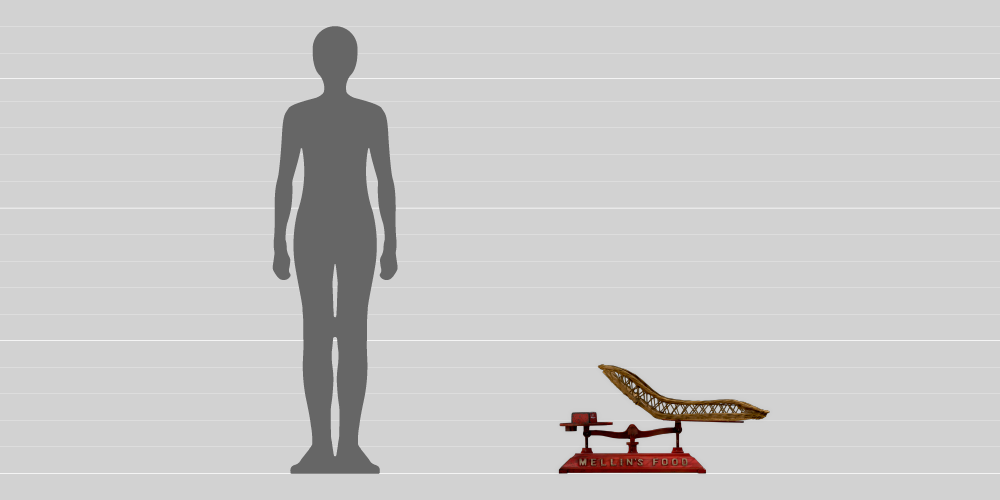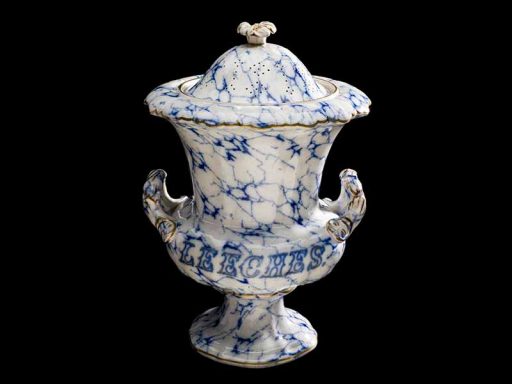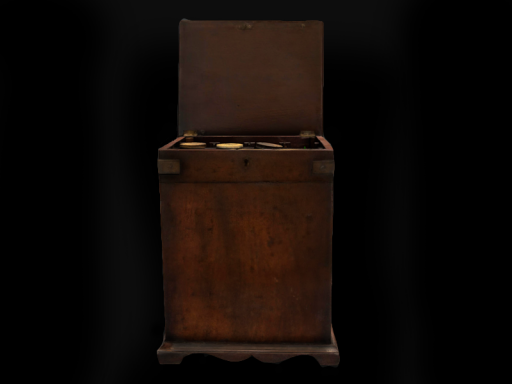
Curriculum links
About this object
These baby weighing scales, made around 1900, were used by health visitors. The job of a health visitor involves monitoring babies’ development and advising parents on how to keep their babies and young children healthy. Health visitors first appeared in the early 19th century, and were employed by charities and businesses. At that time it was common for babies and young children to die. This happened because many people lived in unhealthy conditions in overcrowded cities, without access to good food, and medical science was not yet very successful at treating childhood illness. The scales were sponsored by Mellin’s Food, the first company to make baby milk.
Babies’ health today
Nowadays it is very rare for babies and young children to die in Britain. Nearly all families have access to clean water and safe toilets, as well as vaccines and antibiotics. Health visitors, paid by the National Health Service, advise all parents – and today they are experts in the health needs of babies and young children.
Discussion questions
- What do you think is the biggest cause of babies dying across the world?
- More than 99% of health visitors are female. Should we have more male health visitors?
- Would it be OK for a fast food company to sponsor medical equipment?



